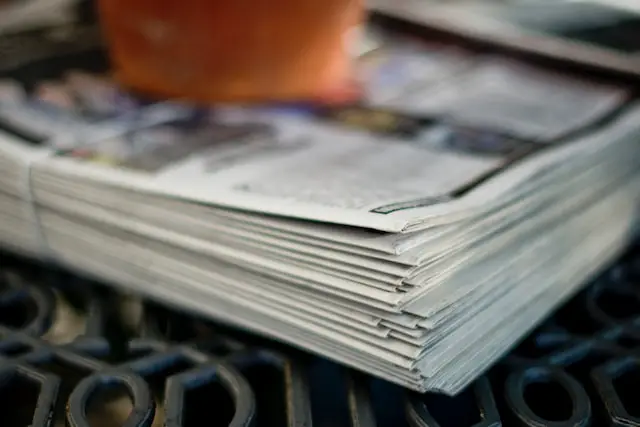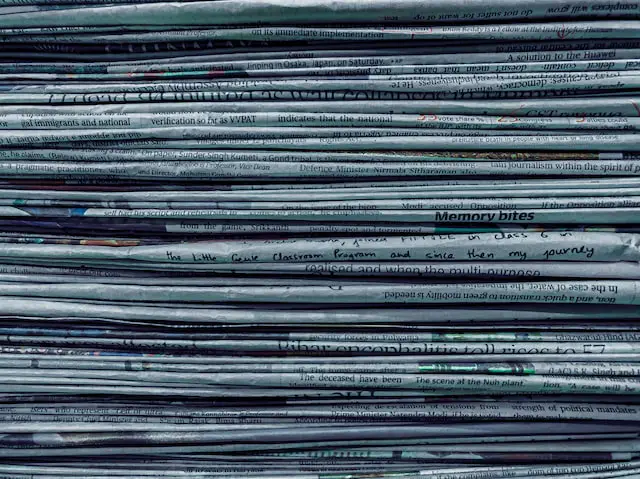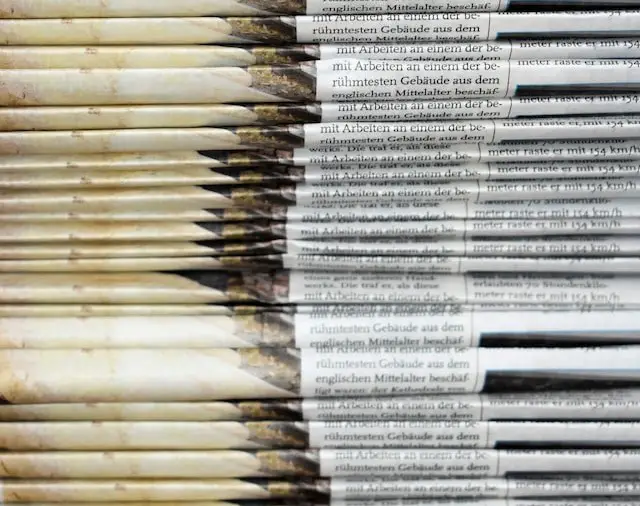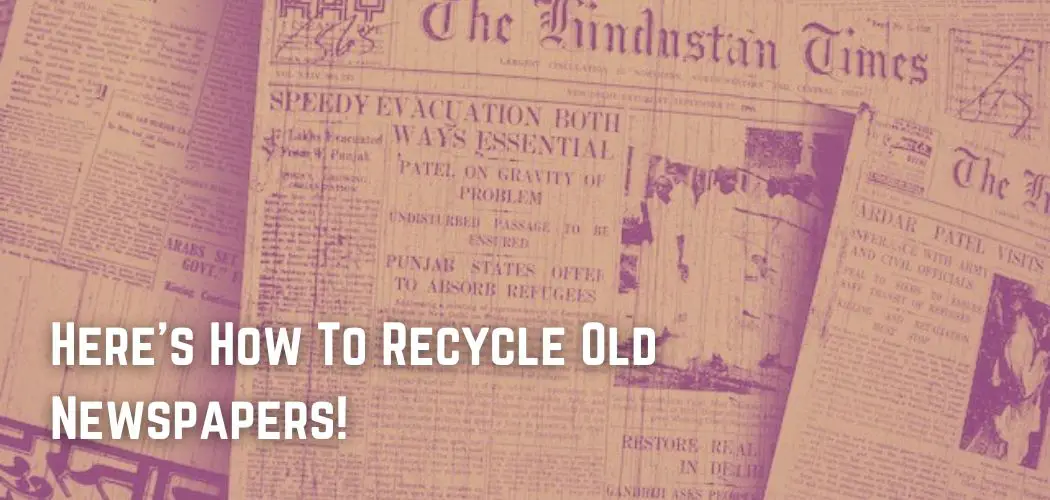A person’s self-development is dependent on keeping abreast of the latest happenings in all aspects of life. Even though there are a lot of other options, newspapers are one of the most reliable and trustworthy ways to get news.
For decades, newspaper publications have served as a reliable news source. This explains why it is readily available virtually everywhere.
Even though this is helpful, it brings up the possibility that using and throwing away newspapers could hurt the environment.
As an environmentalist, it’s important to figure out how these newspapers affect the environment and how to get rid of them in the best way.
This and many other topics are the focus of this post. In a nutshell, you will learn in the following paragraphs if your favorite publications pose a threat to the environment.
Biodegradable Or Not?
Paper Recycling for Composting Old paper works well in compost piles, helping to make healthy soil that your plants can grow in. This is a great tip for people looking for easy ways to recycle paper.
If you don’t have a compost pile, shred your paper into little pieces and scatter them around your plants to keep the soil moist and provide nutrients.
Recycle It Recycle paper for packaging. Whether you are storing stuff or transporting gifts across the country (or even internationally! On the other hand, if you are moving, paper is a great way to pack your things.

From old newspapers to the paper on which your children drew, you can reuse paper to wrap fragile goods and safeguard them during transport.
You might also use recycled paper by crumpling it to cover the spaces in boxes to minimize damage caused by the shifting of objects inside during the moving process.
Can Newspapers Be Recycled?
Are you wondering if newspapers are recyclable? Don’t stray too far; the solution is included in the name. Newspapers are composed of paper, which is commonly assumed to be recyclable.
Paper can only not be recycled when it has been coated with polymers or when it is dirty. Fortunately, newspapers do not always have plastic coatings. Therefore, newspapers may be recycled.

However, this information is not exhaustive. As discussed previously, there are cases in which tainted newspapers cannot be recycled.
The most common newspaper pollutants include:
- Food products
- Chemicals
- Paints
- Body fluid (blood)
- Oil or lubricant
- Coffee
If any of these contaminants contaminate the newspapers you intend to recycle, it may be impossible to do so. This is due to the fact that when newspapers are recycled, they are transformed into new materials.
Moreover, when these substances contaminate them, it may be hard to remove them. For example, if your newspapers are polluted with blood and then recycled into other usable materials, the public faces a health danger.

Because of this, it is smart to stay away from ingredients or liquids that could make your newspapers impossible to recycle. If the newspapers have already been polluted, they do not belong in the recycling bin; dispose of them elsewhere.
Shelf and drawer liners are frequently required to be replaced, so why not use newspaper instead of the store-bought plastic variety?
Paper is absorbent for any spills and is especially useful in cabinets that keep soiled objects, such as shoes.
If mud got on a store-bought liner, you would have to clean it or purchase a replacement, but with newspaper, you can just replace it with another sheet of reused paper.
Is It Recyclable?
When it comes to learning how to recycle paper, there are seven simple procedures to follow so that you may quickly obtain recycled paper for use around the house.
Attach the mesh sheet to the edges of the picture frame using tape. On this screen, your new document will be created. Set this aside since you will need it shortly.
Collect your discarded paper and shred it into little bits. Add the paper shreds to a bowl of warm water and stir until a pulp-like consistency is achieved.
Get the screen from the picture frame and completely submerge it in the bowl. Then take it out and set it on the towel.
A layer of the pulp will be applied to the mesh screen. Utilize the sponge to touch the display. This will help get rid of any extra moisture and start the drying process for your recycled paper.
Set the screen aside for at least a day or until it is totally dry. Once it is dry, you will have beautiful recycled paper to use for another purpose!
Learning how to recycle paper is something that everyone should do. It not only helps save the environment but also saves you money.

Food is one of the most detrimental pollutants in the process of paper recycling. Since plastic, metal, and glass are recycled through a heating process, grease, oil, and other liquids do not pose as much of a threat.
However, when paper goods such as newspapers are recycled, they are combined with water to form a slurry. Since everyone knows that oil and water don’t mix, the problem is clear.
To keep from contaminating the recycling stream in your community, throw away newspapers that have been soiled by food or remove all soiled areas before recycling.
This is especially true when recycling oiled-contaminated newsprint. If your newspaper is only damp from soaking in the rain on your porch, you may still recycle it.
Conclusion
If you have tried each of these suggestions and still have newspapers, let someone else use them. Veterinary offices and animal shelters frequently fill animal cages with newspapers.
They are used by thrift retailers to wrap fragile things. There are likely more than a few local company owners that would be delighted to take that stack of documents off your hands.





